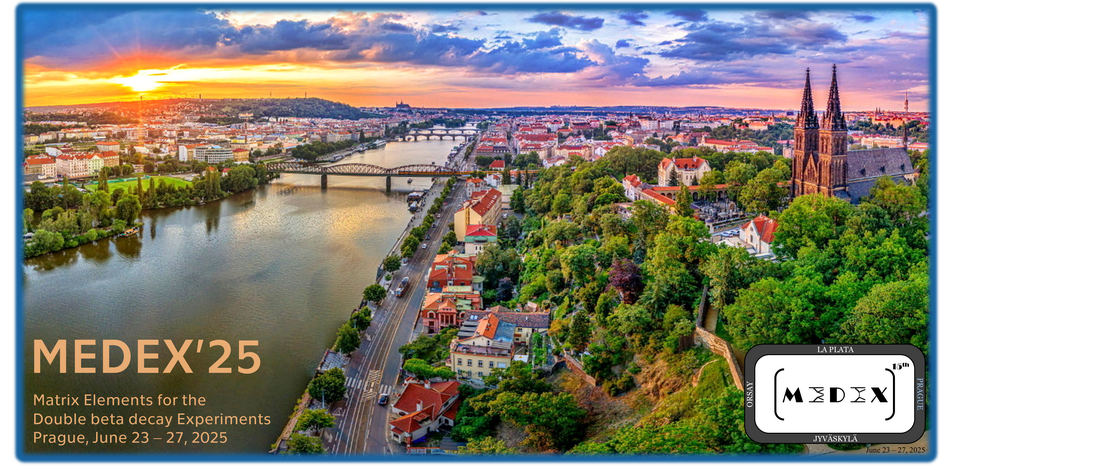Speaker
Description
Two-neutrino double beta decay (2νββ) is a second-order weak-interaction process. Consequently,it is among the rarest radioactive processes observed in nature.
The 2νββ decay has recently attracted significant attention due to substantial investments in the search for the yet unobserved neutrinoless double beta decay (0νββ), a process considered a potential gateway to new physics beyond the Standard Model. Current efforts focus on high-precision half-life measurements and, on the theoretical side, on high-precision calculations of the nuclear matrix elements using various theoretical models.
In this talk, we present the results of our seminal calculation of the nuclear matrix element for the 2νββ decay 48Ca → 48Ti, performed using a post-Hartree-Fock (HF) Density Functional Theory-based No-Core Configuration-Interaction (DFT-NCCI) framework developed by our group. The preliminary value we have obtained for the nuclear matrix element describing this process, |M2νββ | = 0.063(6) MeV−1, is in excellent agreement with the results of the shell-model study by Horoi et al., which yielded 0.054 (0.064) MeV−1 for the GXPF1A (GXPF1) interactions, respectively.
The consistency of our prediction with the shell-model results strengthens our confidence in the nuclear modeling of this extremely rare process, which is of paramount importance for the further modeling of the 0νββ decay.

